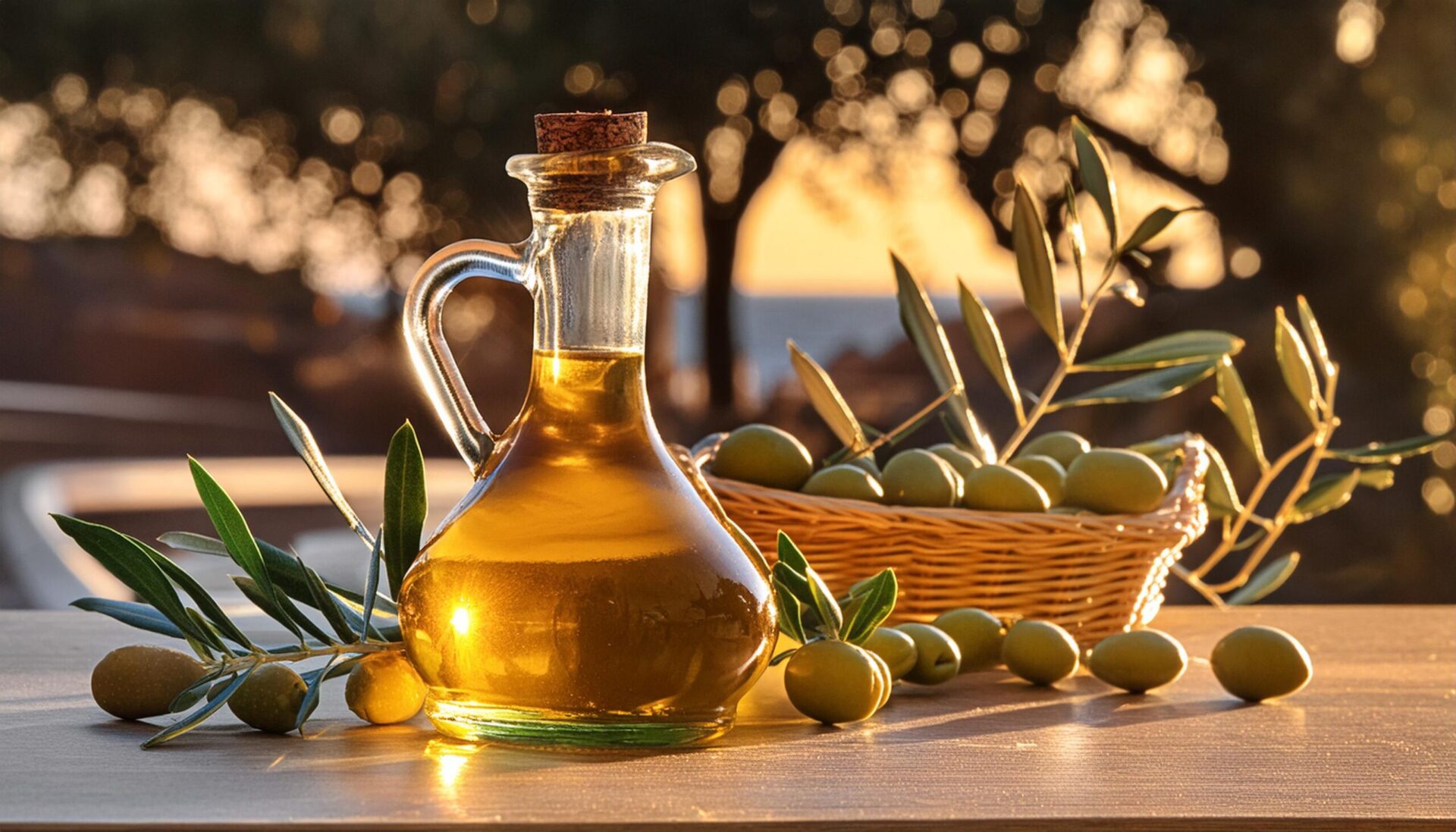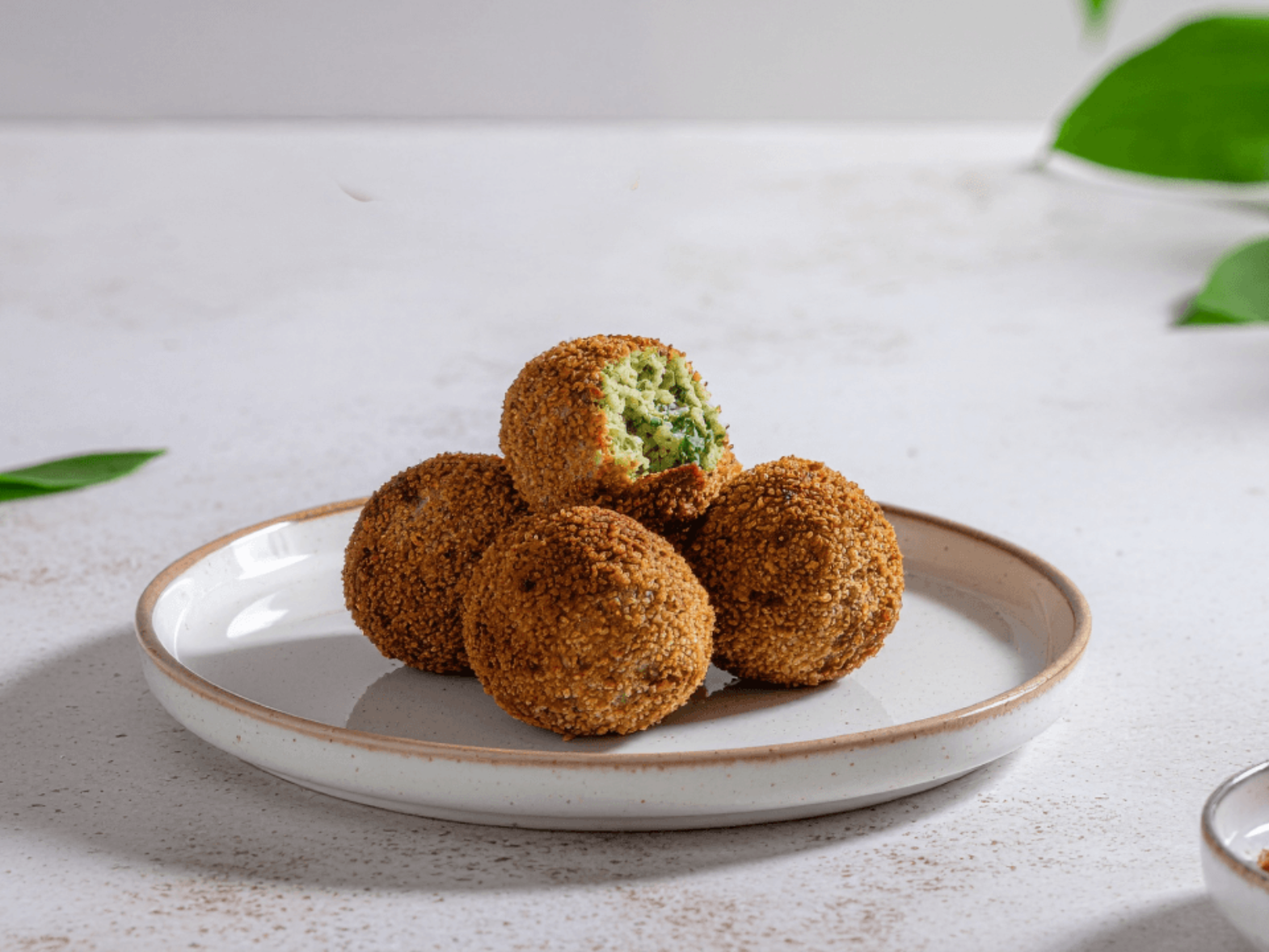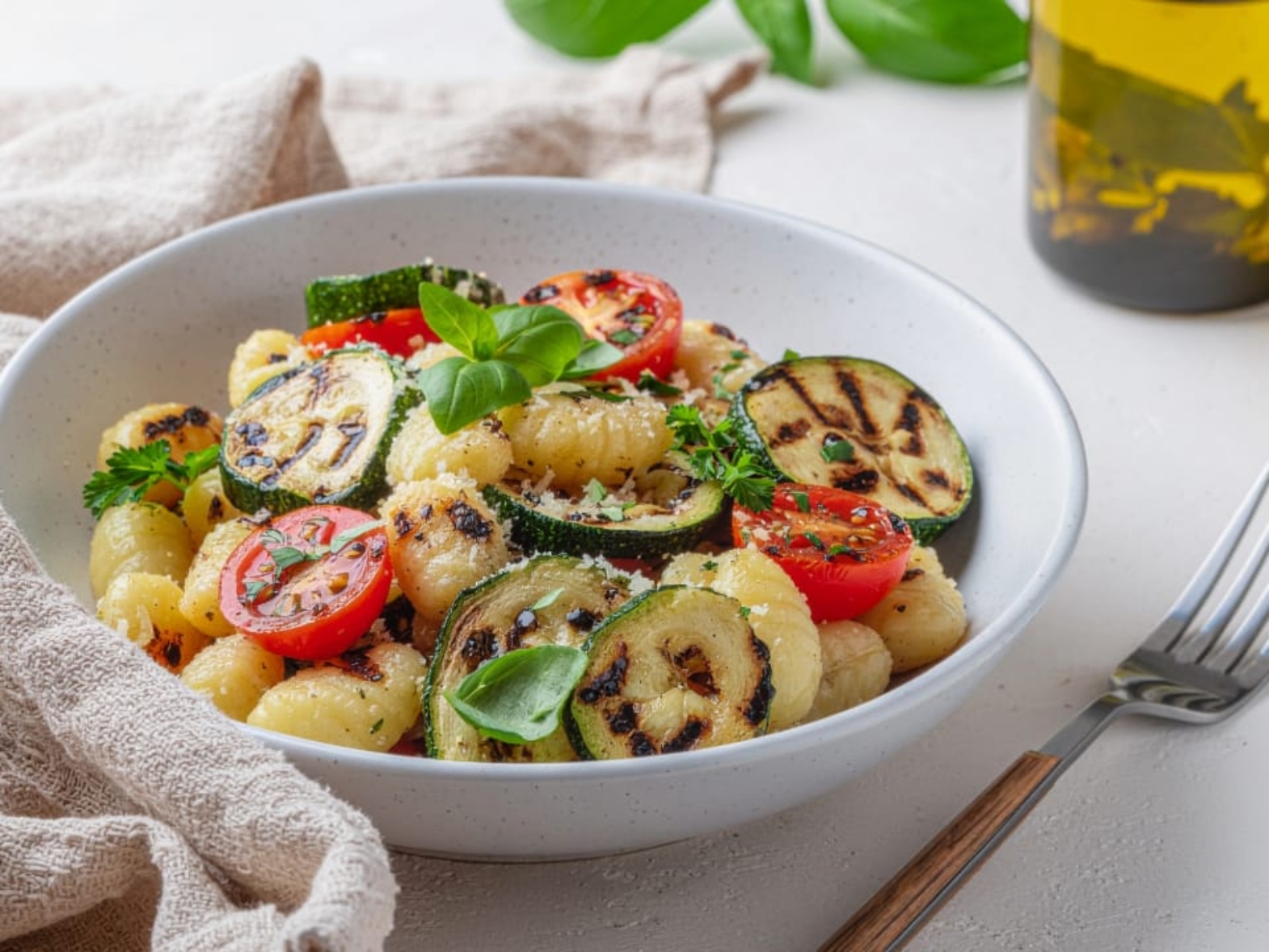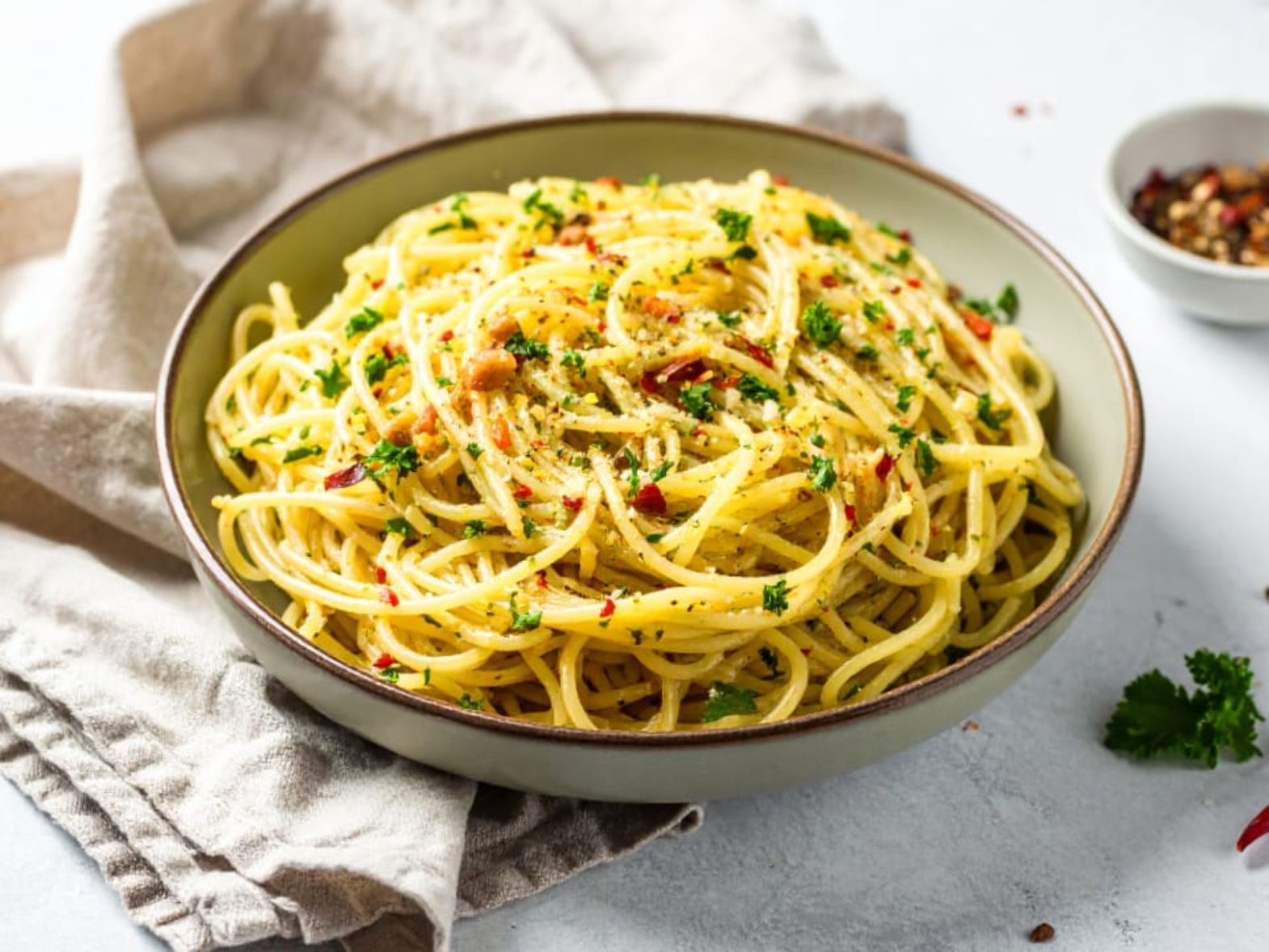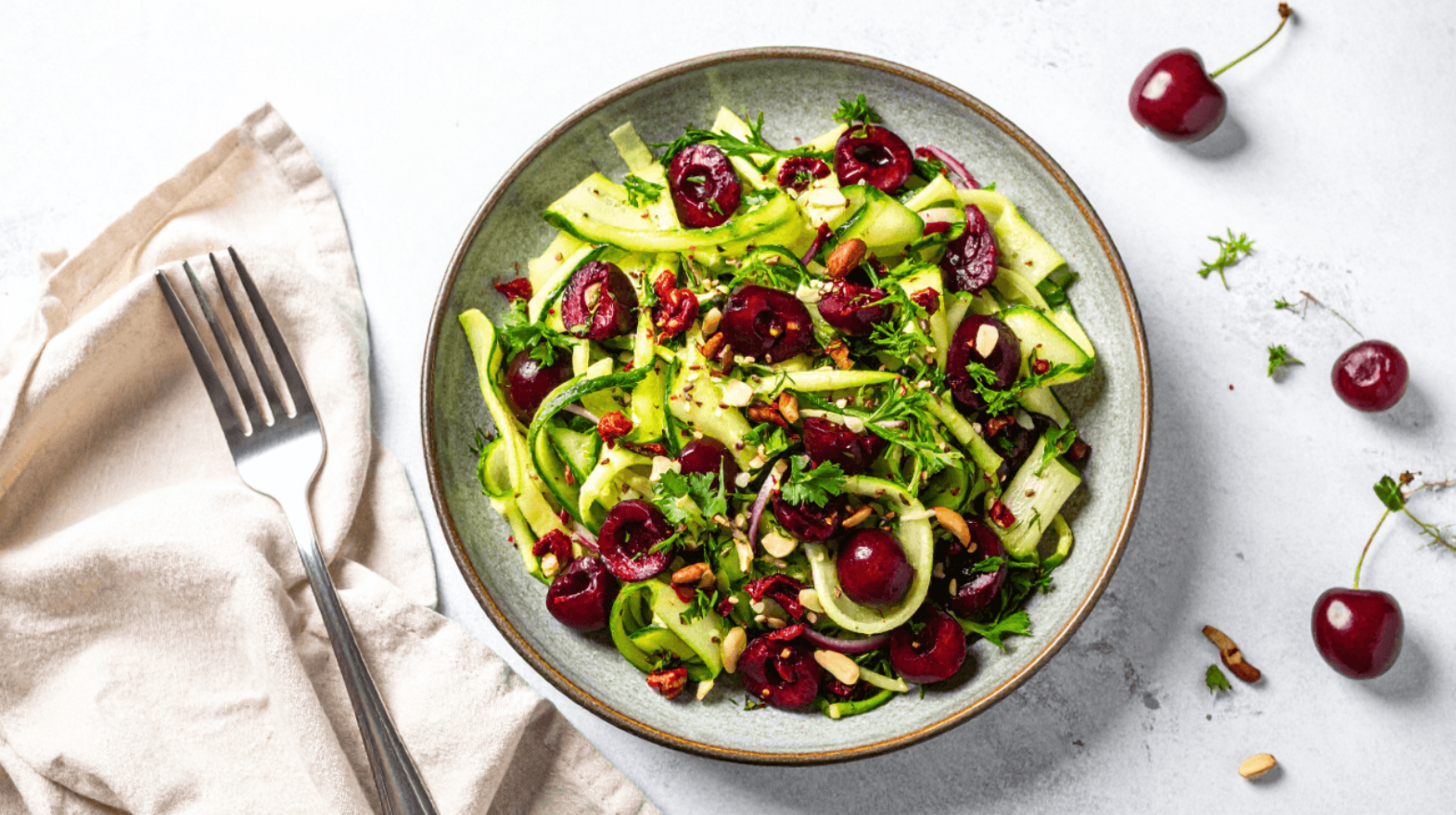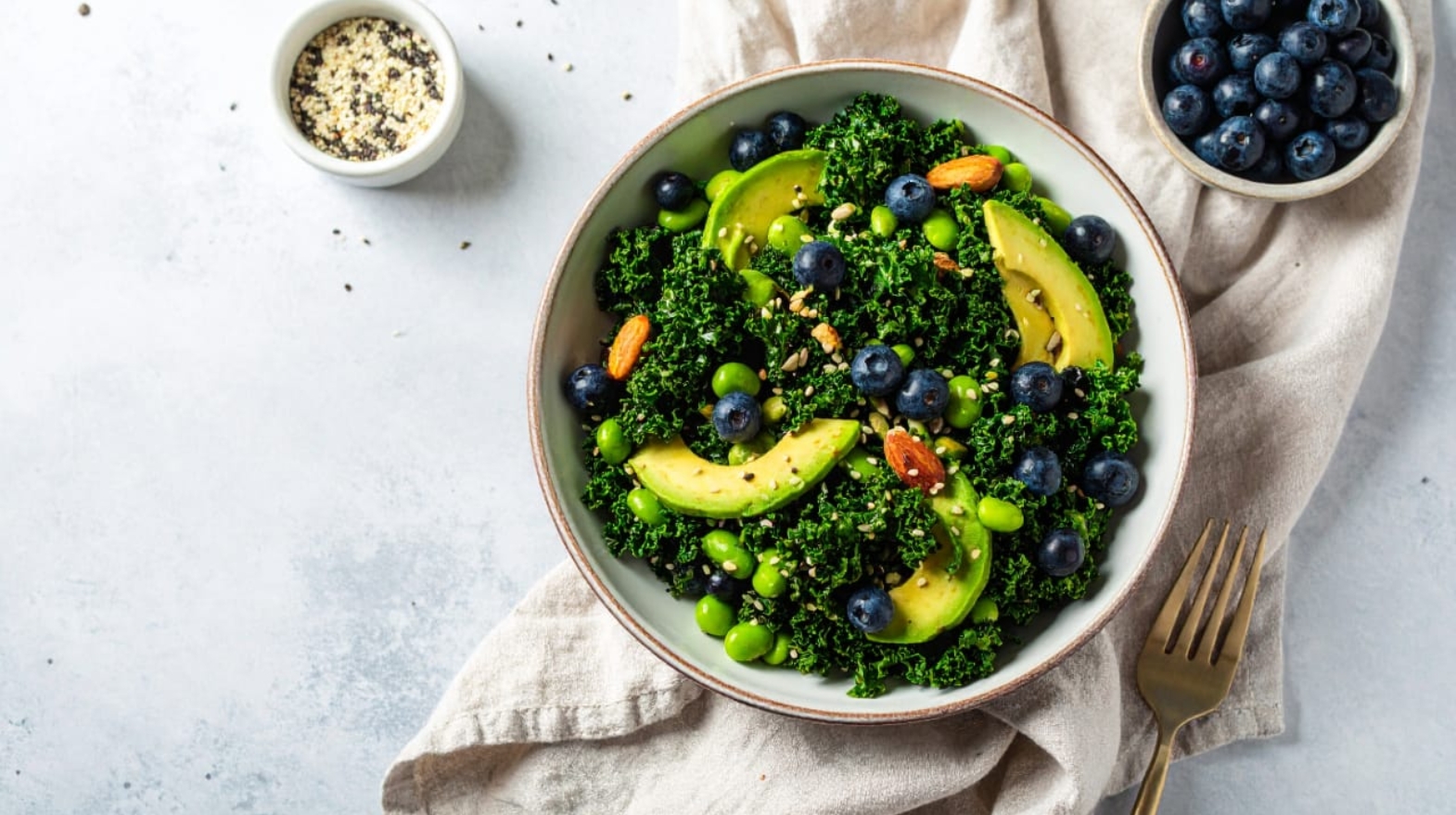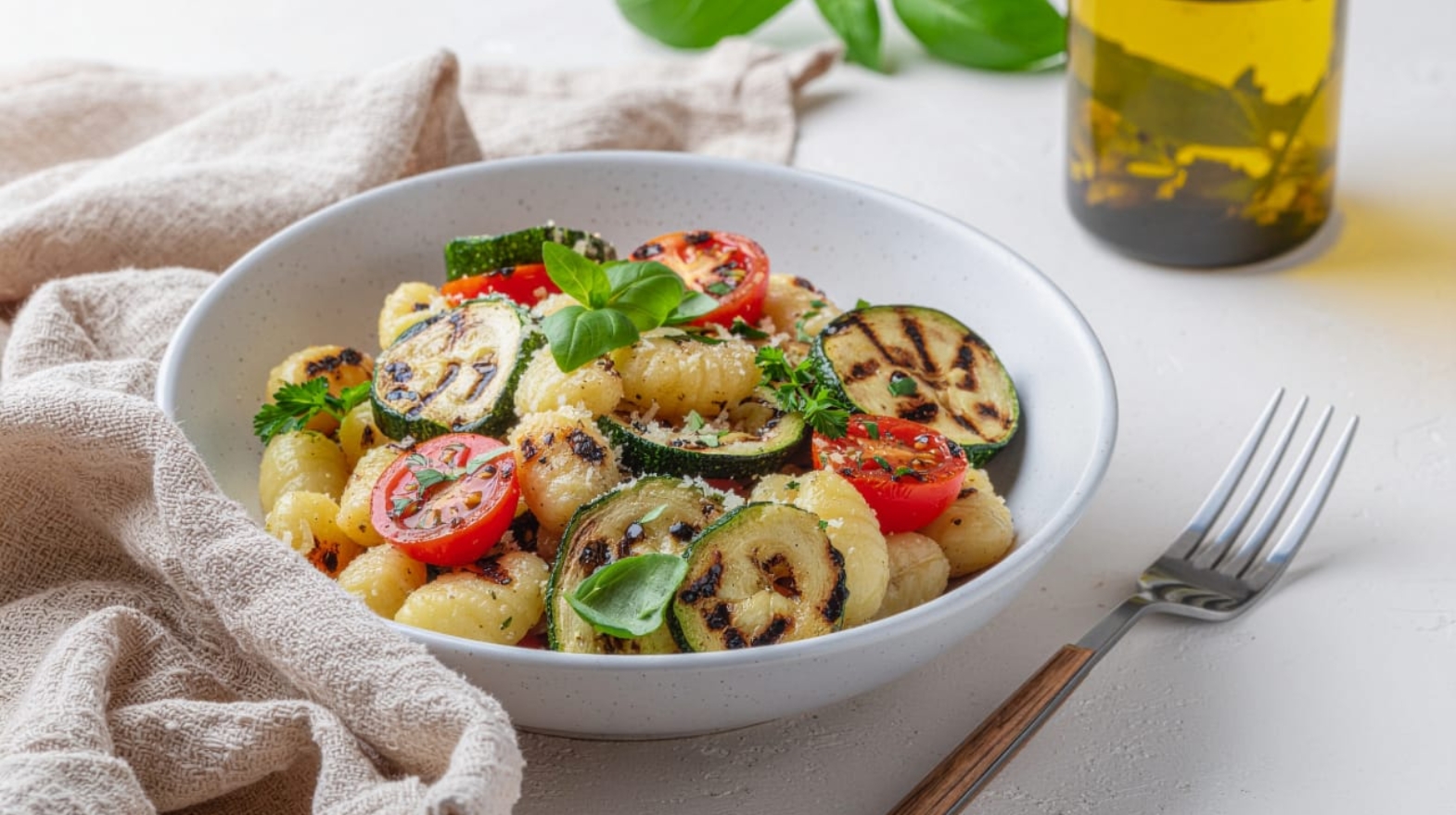The Ultimate Guide to Olive Oil
Introduction
Olive oil, often referred to as “liquid gold,” is a cornerstone of Mediterranean cuisine and has garnered worldwide acclaim for its health benefits and versatile culinary uses. This guide delves into the rich history, diverse types, and myriad benefits of olive oil, offering practical advice on selecting and using this remarkable oil in various aspects of life.
History of Olive Oil
Ancient Origins
Olive oil has been a vital part of human civilization for thousands of years. Evidence suggests that olive trees were first cultivated around 6000 BC in the Mediterranean region. The ancient Egyptians, Greeks, and Romans highly valued olive oil, using it for cooking, medicine, and even as a symbol of wealth and power.
Olive Oil in Different Cultures
In ancient Greece, olive oil was not only a dietary staple but also played a crucial role in religious rituals and athletic competitions. Romans, on the other hand, developed advanced methods for olive oil production, establishing large estates dedicated to olive cultivation. Olive oil also held significance in ancient Egypt, where it was used in cosmetics and embalming practices.
Evolution of Olive Oil Production
Over the centuries, olive oil production has evolved significantly. Traditional methods involved hand-picking olives and pressing them with stone mills. Today, modern techniques include mechanical harvesting and cold-pressing methods that ensure the preservation of nutrients and flavors. Despite technological advancements, the essence of olive oil production remains rooted in tradition and respect for the natural process.
Pan-Fried Pizza with Peaches & Burrata – Summer Indulgence with Homemade Dough
Find the perfect wooden board on Amazon There’s something irresistible about the combination of sweet, juicy peaches and creamy burrata melting ...
Wild Garlic Arancini with Tomato Relish (Vegetarian/Vegan Option)
Find the perfect ceramic plate on Amazon We’re suckers for crispy, golden bites—and arancini totally has our hearts. Especially these wild garlic ...
Summer Vegetable Gnocchi Salad with Grilled Zucchini & Tomatoes
Find the perfect bowl on Amazon We are all about quick, colorful meals that celebrate the best of summer—and this summer vegetable gnocchi salad ...
Smoked Negroni 2.0 – A Bold Twist on the Classic
Find the perfect cocktail glass on Amazon We love a good Negroni — it’s bitter, balanced, and oh-so-chic. But sometimes, we’re in the mood for s ...
Sizzling Spaghetti with Garlic & Herbs (Vegetarian) – A Bold Twist on Aglio e Olio
Find the perfect ceramic bowl on Amazon Let’s talk comfort food — Italian-style. This Sizzling Spaghetti with Garlic & Herbs is our fresh, fr ...
Types of Olive Oil
Extra Virgin Olive Oil
Extra virgin olive oil (EVOO) is considered the highest quality olive oil, obtained from the first cold pressing of olives. It boasts a robust flavor, rich in antioxidants and healthy fats. EVOO is often used in dressings, drizzling, and finishing dishes due to its superior taste and nutritional profile.
Virgin Olive Oil
Virgin olive oil is also derived from the first pressing of olives but has a slightly higher acidity level compared to EVOO. It retains much of the flavor and nutritional benefits, making it suitable for cooking and baking where a strong olive flavor is desired.
Refined Olive Oil
Refined olive oil undergoes processing to remove impurities, resulting in a lighter flavor and color. It has a higher smoke point, making it ideal for high-heat cooking methods such as frying and sautéing. However, the refining process can diminish some of the oil’s beneficial properties.
Pure Olive Oil
Pure olive oil is a blend of refined and virgin olive oils. It offers a balance between flavor and affordability, making it a versatile option for various culinary uses. While it may lack the intensity of EVOO, it still provides a decent nutritional profile.
Light and Extra Light Olive Oil
Contrary to what the name suggests, “light” and “extra light” olive oils do not have fewer calories. Instead, they refer to the oil’s lighter flavor and color, achieved through extensive refining. These oils are best suited for baking and cooking where a mild olive taste is preferred.
Health Benefits of Olive Oil
Nutritional Profile
Olive oil is a powerhouse of nutrients, packed with monounsaturated fats, vitamins E and K, and potent antioxidants. These components contribute to its numerous health benefits, making it a key element of a balanced diet.
Antioxidant Properties
Rich in polyphenols, olive oil possesses strong antioxidant properties that help combat oxidative stress and inflammation. These antioxidants protect the body’s cells from damage, reducing the risk of chronic diseases.
Cardiovascular Benefits
Regular consumption of olive oil has been linked to improved heart health. The monounsaturated fats in olive oil help lower bad cholesterol (LDL) levels while maintaining good cholesterol (HDL) levels, reducing the risk of cardiovascular diseases.
Culinary Uses of Olive Oil
Cooking with Olive Oil
Olive oil is a versatile cooking ingredient, suitable for a variety of methods including roasting, sautéing, grilling, and even frying. Its unique flavor enhances the taste of dishes, while its high smoke point ensures that it remains stable at high temperatures, making it a healthier option for cooking.
Salad Dressings and Marinades
One of the most popular uses of olive oil is in salad dressings and marinades. Its rich flavor pairs well with vinegars and citrus juices, creating delicious vinaigrettes. Additionally, olive oil’s ability to penetrate and tenderize makes it an excellent base for marinades.
Baking with Olive Oil
Olive oil can be a healthy substitute for butter and other fats in baking. It adds a subtle richness to baked goods while providing the benefits of healthy fats. Whether in cakes, cookies, or breads, olive oil can enhance both flavor and texture.
Olive Oil in Beauty and Skincare
Olive Oil as a Moisturizer
Olive oil is an effective natural moisturizer, suitable for all skin types. Its emollient properties help to hydrate and soften the skin, making it a popular ingredient in lotions, creams, and body oils. Regular use can improve skin texture and elasticity.
Hair Treatments with Olive Oil
Olive oil can also be used as a deep conditioning treatment for hair. It helps to nourish and strengthen hair, reducing frizz and split ends. Applying warm olive oil to the scalp can promote healthy hair growth and provide relief from dryness and dandruff.
Olive Oil in Homemade Skincare Recipes
Incorporating olive oil into homemade skincare recipes is a simple way to enjoy its benefits. It can be used in face masks, scrubs, and lip balms, often combined with other natural ingredients like honey, sugar, and essential oils to create nourishing treatments.
Zingy Courgette & Cherry Ribbon Salad (Vegan, Summer Fresh)
Find the perfect bowl on Amazon When summer heat hits, we crave dishes that are light, refreshing, and absolutely bursting with color. That’s exa ...
Kale & Avocado Superfood Salad with Blueberries and Edamame
Find the perfect bowl on Amazon Some days, we just need a reset. And when that craving for something nourishing and fresh kicks in, this Kale Avo ...
Summer Vegetable Gnocchi Salad with Grilled Zucchini & Tomatoes
Find the perfect bowl on Amazon We are all about quick, colorful meals that celebrate the best of summer—and this summer vegetable gnocchi salad ...


